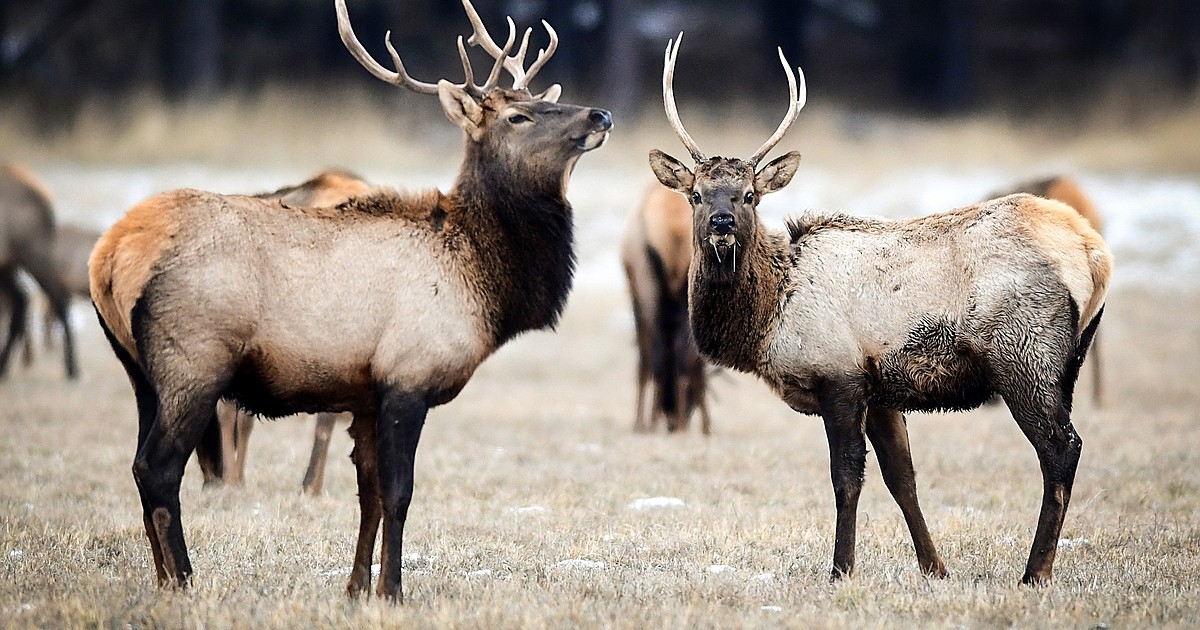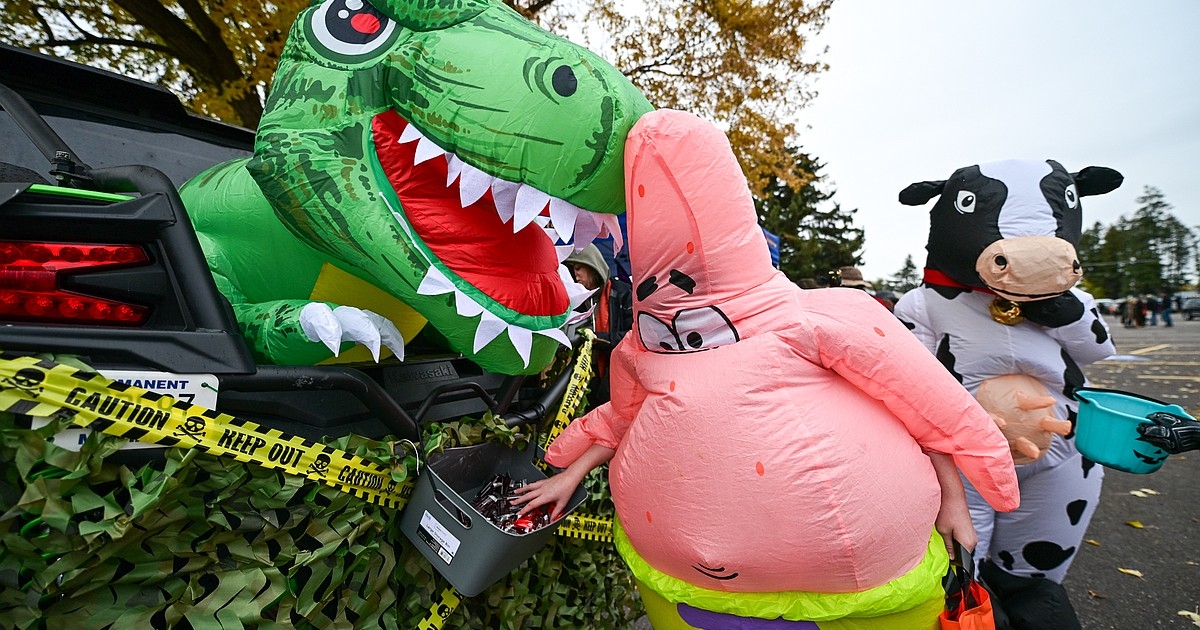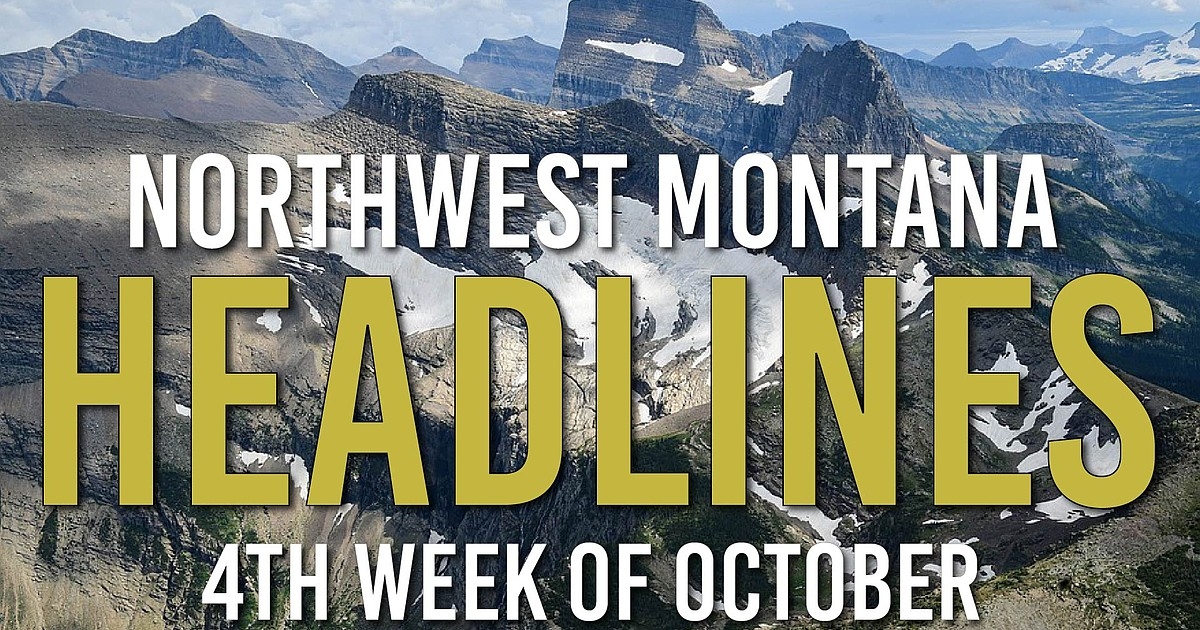Description
Dropping temperatures and falling leaves mean one thing for many Montanans: hunting season is here.
This year, camo-clad hunters won’t be the only ones stalking Montana’s wild deer. An unseen villain is actively prowling the backwoods and rolling prairies, laying a quiet but persistent siege to many of the Treasure State’s most prized game animals.
Chronic wasting disease is a 100% fatal neurological disorder that afflicts ungulates, including mule deer, white-tailed deer, elk and moose.
Once established, the disease is nearly impossible to eradicate. Infected animals can survive for years, spreading the misfolded proteins that cause the disease through direct contact with other ungulates and through bodily fluids like blood, saliva and urine. Even without a host, the proteins have been known to persist in the environment for decades, making it especially difficult to curtail the spread.
Since it was first detected in Montana’s wild herds in 2017, chronic wasting disease has spread to 30% of the state’s 138 hunting districts.
New research by the United States Geological Survey suggests that many Montanans may already be on the frontlines of fighting the disease. A study published earlier this year found that hunting is one of the most effective ways to dampen the effects of the disease on western deer herds.
Wynne Moss, the lead biologist on the study, said wildlife managers have drawn casual connections between hunting and the spread of chronic wasting disease for years. In 2019, wildlife officials increased hunting tags in districts near Libby after an outbreak of chronic wasting disease devastated local white-tailed deer herds. A similar strategy has been proposed to address recent detections of chronic wasting disease near the Flathead County landfill.
But the study Moss led is one of the first times that scientists have been able to put numbers to that hunch. Researchers analyzed data collected from 10 different mule deer herds in Wyoming over the course of 20 years to show trends in both harvest rates and disease prevalence. The results suggested that harvesting 40% of adult bucks in that period effectively smothered chronic wasting disease to minimal levels. When hunting pressure decreased so only 20% of adult bucks were harvested, disease rates increased more than sixfold.
“There’s been a lot of discussion of, is [hunting] working? Are we making a dent? Is it worth all the trouble?” said Moss. “I think the main takeaway is, it does work. It is slowing down chronic wasting disease.”
That doesn’t mean hunting is a silver bullet, she added. There is no evidence that hunting can be used to fully eliminate chronic wasting disease where it has become established. That’s partially because hunting is most effective as a long-term management tool. While hunting reduced disease prevalence in some herds in as little as three years, Moss emphasized that it typically takes decades to see the full impact that altered hunting regulations have on a population.
There are also lots of unknowns that Moss said could benefit from further research. Hunting may not be as effective of a management tool in some areas due to differences in hunting cultures, habitats and species. Many wildlife agencies are juggling multiple management and recreation goals at once, some of which may make changes to hunting regulations unfeasible or ineffective.
“Our goal is really to be able to show [wildlife managers] some emerging evidence on it's effectiveness,” said Moss. “We want to be able to give these agencies the science to back up their decisions.”
In Montana, there are plenty of ways that hunters can aid wildlife managers in the fight against chronic wasting disease. Bevin McCormick, the wildlife health program biologist for Montana Fish, Wildlife and Parks, suggested all hunters develop a sanitation plan before heading into the field.
Maintaining a tidy kill site and containing meat before transfer can help reduce opportunities for contamination. Montana law requires hunters to leave all carcass parts, including the brain, eyes, spleen, lymph nodes and spinal cord material to be left at the kill site or disposed of in a Class II landfill.
The only exception is for samples provided to Montana Fish, Wildlife and Parks officials. Biologists at check stations and regional offices accept samples from the lymph nodes, muscle and brains of harvested deer, elk or moose as part of the state’s efforts to monitor the spread of chronic wasting disease.
In the 2024-25 hunting season, the state tested 9,504 samples. Of those, 128 mule deer, 222 white-tailed deer and six elk tested positive for chronic wasting disease, including animals from seven hunting districts with no prior detections.
Along with testing the samples for disease, scientists can collect genetic material from muscle and tissue, which McCormick said is being used to build a repository of information specific to Montana’s ungulate herds. Eventually, she said that database could help develop “Montana-specific solutions” to chronic wasting disease.
“It’s super important that we get samples every single year from the places we’re targeting because we really want to understand this disease,” said McCormick. “There’s a lot about chronic wasting disease that’s unknown because it’s still pretty new.”
Sampling is voluntary in all areas of the state except for the state-designated chronic wasting disease management zone around Libby. A second mandatory sampling zone will likely be established around Kalispell, pending a vote by the state Fish and Wildlife Commission. McCormick said that, while samples from all corners of the state are welcome, state biologists are focusing their efforts on so-called priority sampling areas with historically low or declining sampling rates, including hunting districts 200-298, 403, 406, 600-670 and 700-705.
Instructions on how to extract samples in the field are available on the Montana Fish, Wildlife and Parks website. Officials can assist with sampling at regional offices and check stations.
Hunters may submit samples free of charge. Testing typically takes between two and four weeks. Hunters can either elect to receive the results via email or view the results through an online portal.
While no cases of human transmission have been reported, the Centers for Disease Control and Prevention recommend not consuming meat that tests “suspect” or “positive” for chronic wasting disease. Hunters that receive an affirmative test may apply for a replacement license for the current or subsequent hunting season through their local Montana Fish, Wildlife and Parks office.
Reporter Hailey Smalley can be reached at 758-4433 or [email protected].
News Source : https://dailyinterlake.com/news/2025/oct/26/wildlife-managers-look-to-hunters-for-help-bagging-deadly-disease/
Other Related News
10/26/2025
Whether hiking to the summit of Mount Aeneas biking the Going-to-the-Sun Road skiing Blac...
10/26/2025
Stephanie Wiley found solace in baking for others after the death of her son in 2020 Wile...
10/26/2025
Kalispell has missed out on a grant that would have accelerated construction of the south...
10/26/2025
Costumed trunk-or-treaters collect candy and goodies at the trunk-or-treat event held by ...
10/26/2025












